When I feel sad sometimes I get angry
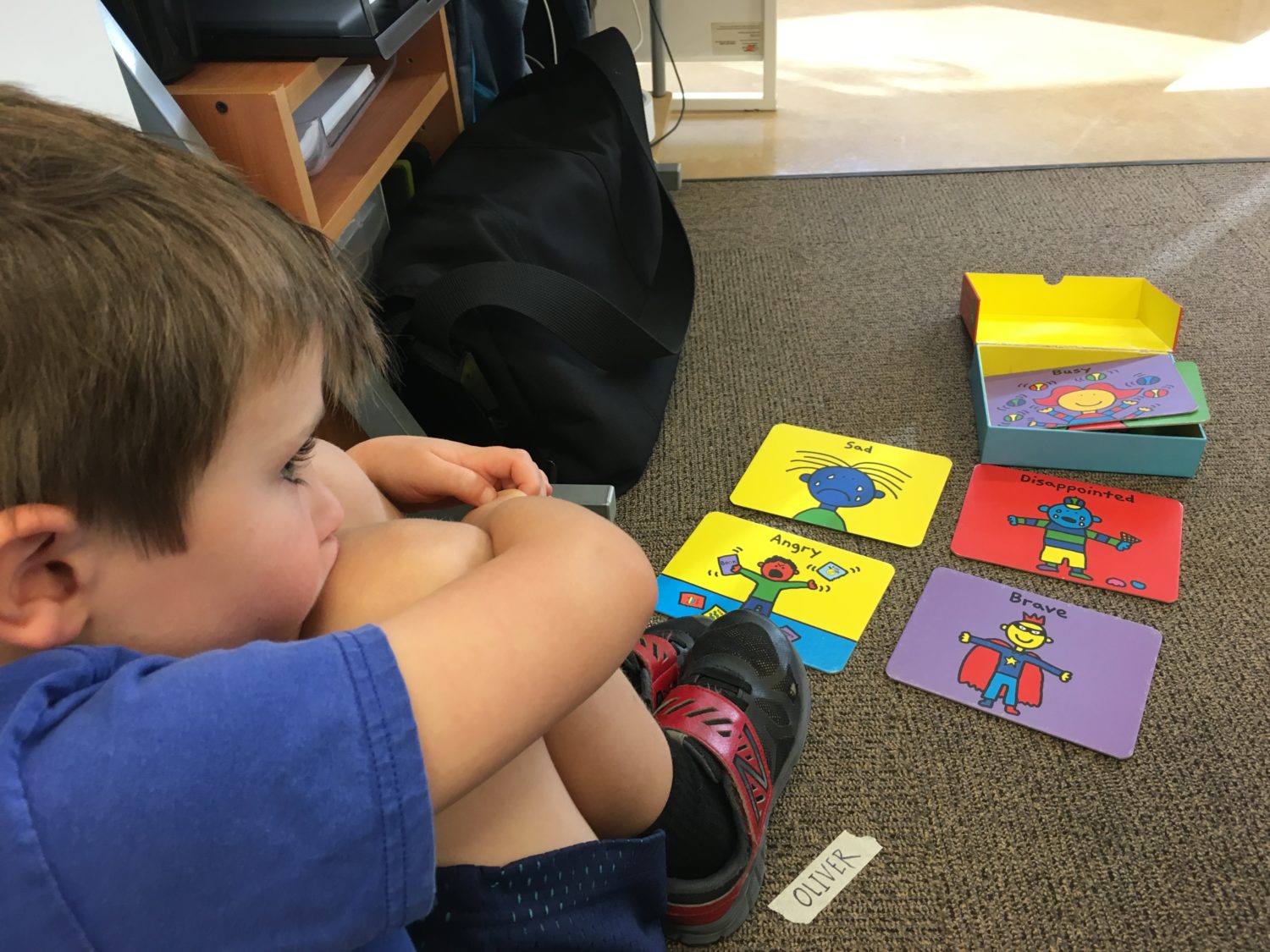

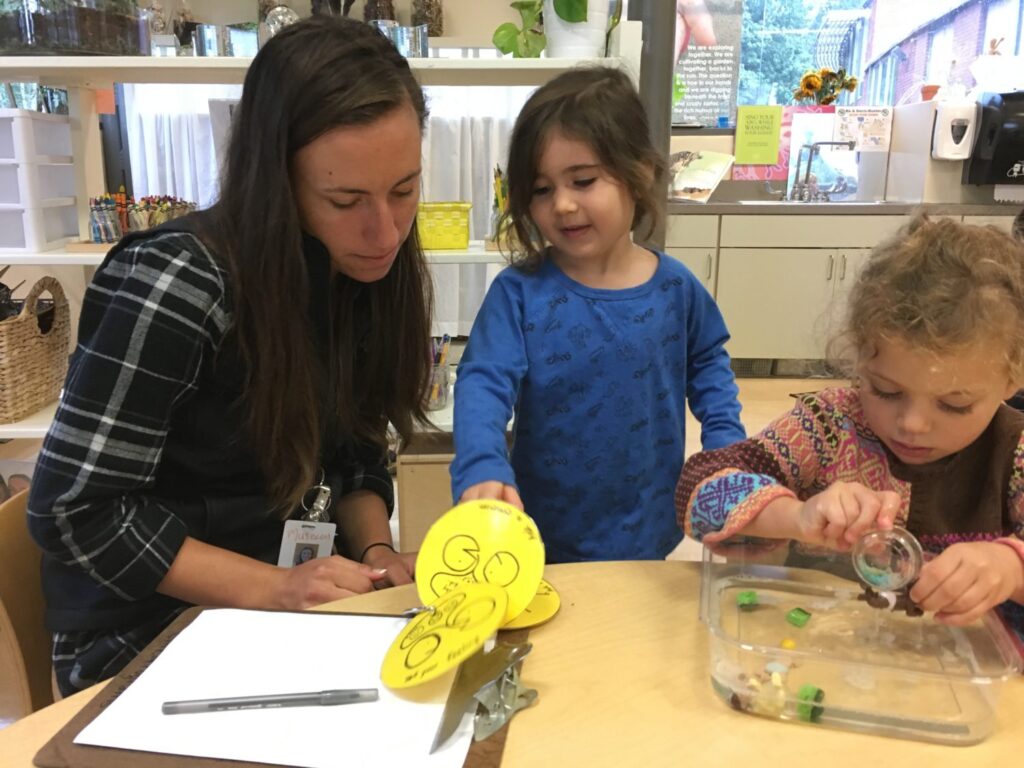
Telling your feeling supports your friendships? Are you saying relationships rely on understanding each other’s inside stories?!
It was time to investigate emotions even further – to move beyond happy and sad and into the confusing world of mixed up feelings. And it was time to activate the superpowers hidden inside of loose parts, to move our collection of collage materials from the shelves to the studio table so the children could play with them and use them to form their ideas.
We offered the children an invitation: How are you feeling today? We captured a series of faces that were made and brought those images to reflection meeting so the group could build their ideas together. We asked: When you look at these faces, what clues do you see that might tell you how this person is feeling?
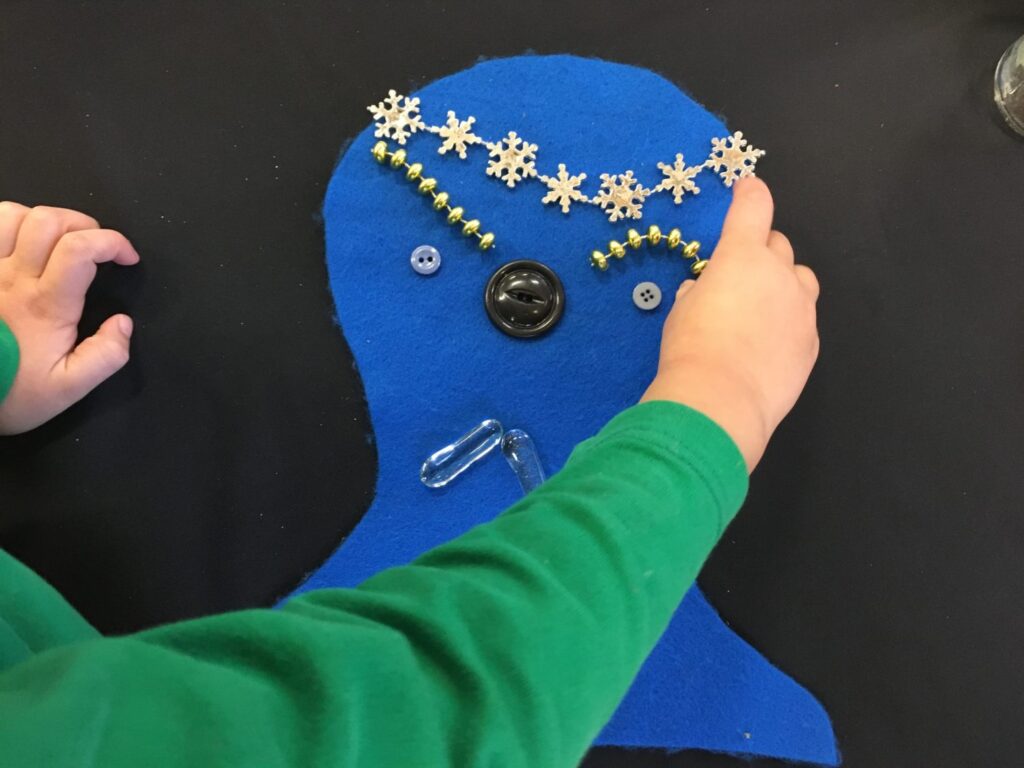
Eliana: The first eyebrow is going down so that’s mad.
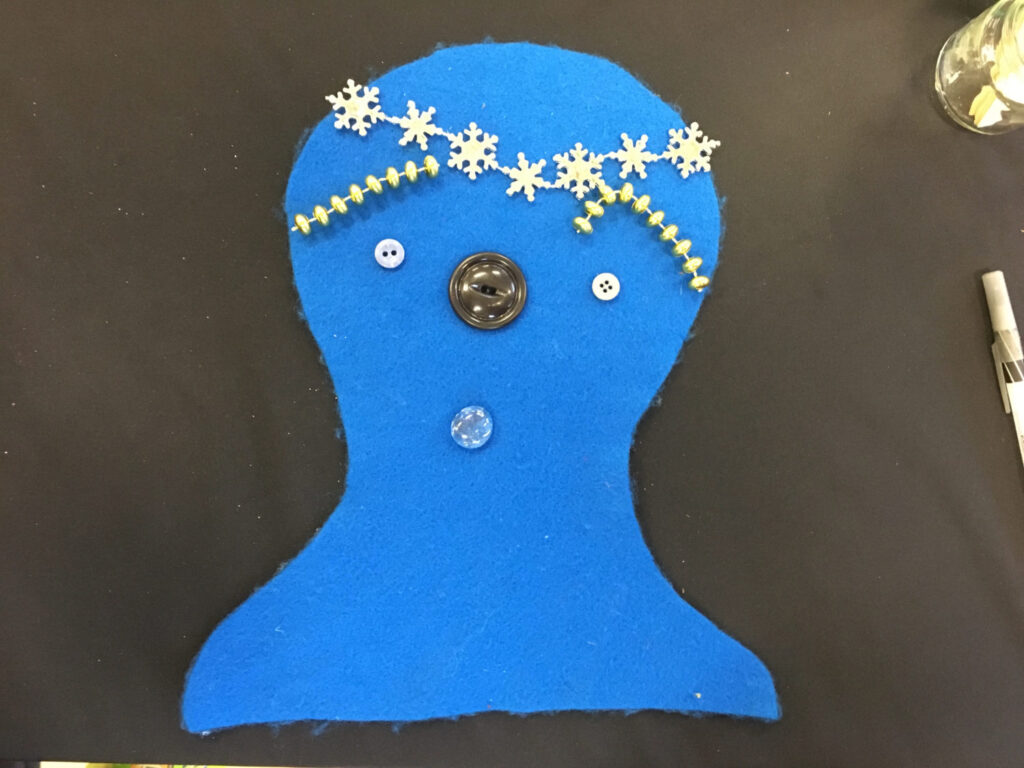
Ro: The mouth. It makes surprised.
Eliana: Maybe it’s happy surprised, like someone surprised you with a birthday party!
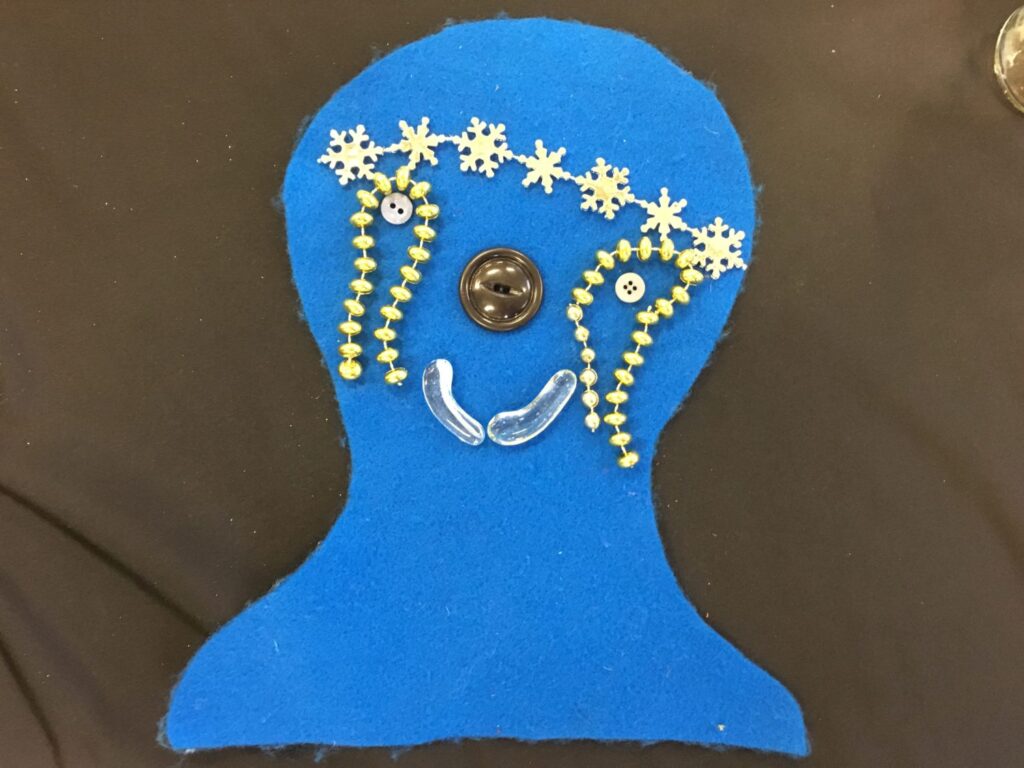

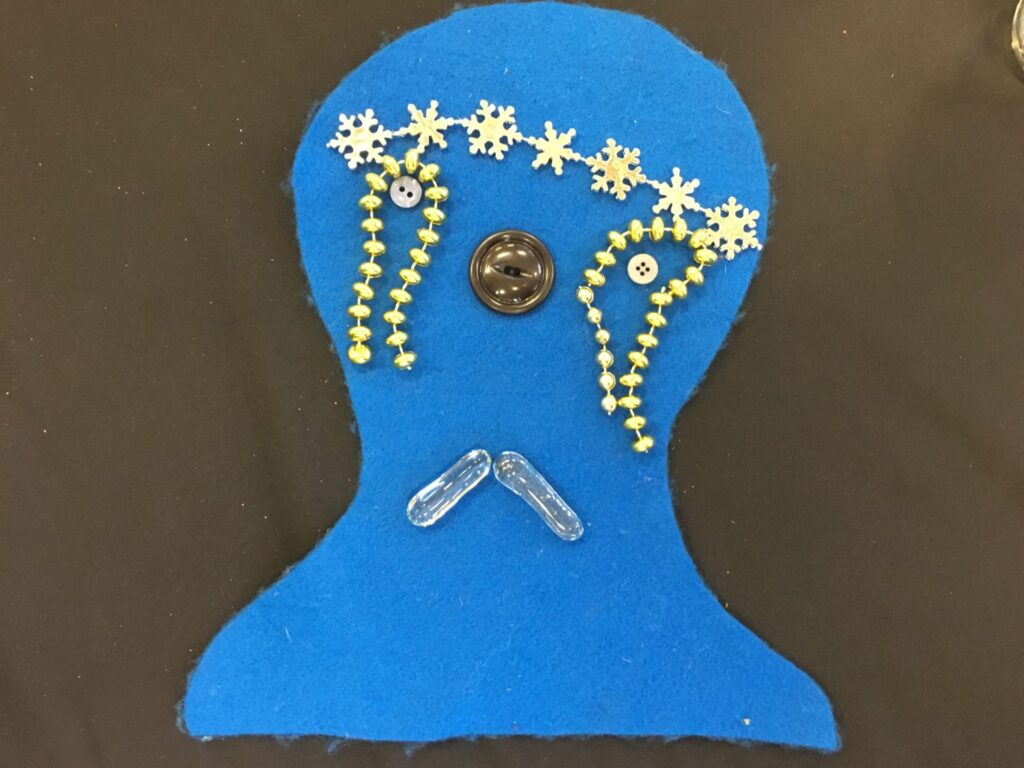
Kellen: The mouth is going down and the eyebrows are going down. It looks sad.
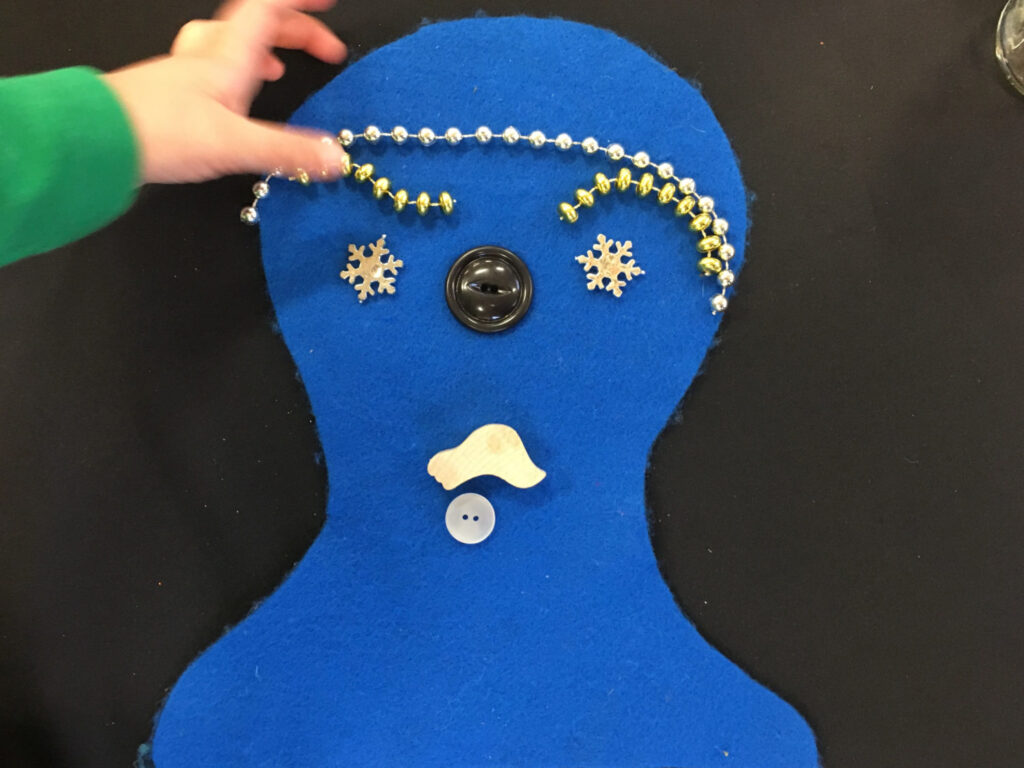
Emmy: It’s a mustache mouth.
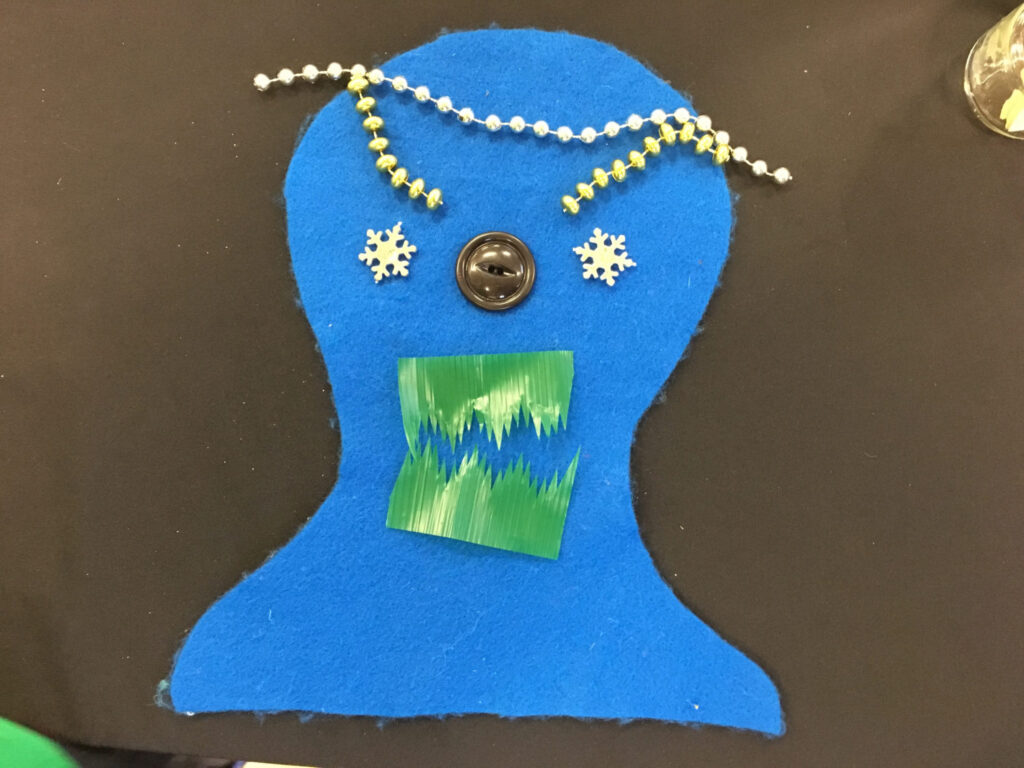
Kellen: That’s scary. Look at the sharp teeth!
Nelson: It kinda looks like a tiger.
Diego: It’s a bad guy because it has sharp teeth.
Emmy: They look angry, they’re trying to bite someone.
Henry: Sometimes when I feel sad I get angry.
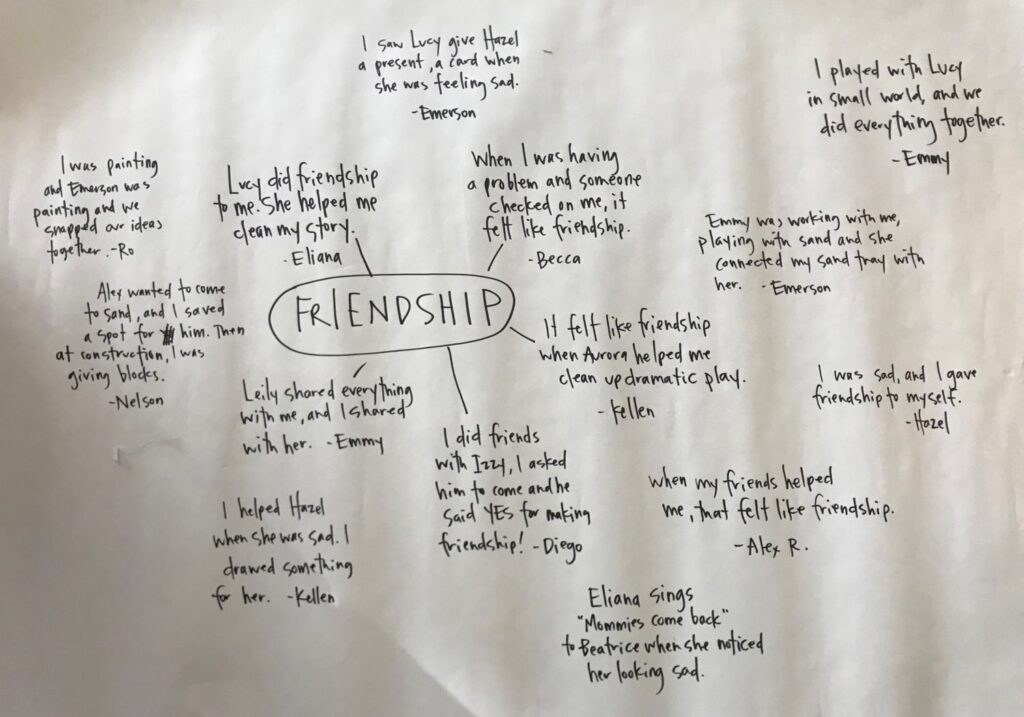
We’re wondering:
- How might we support the children make sense of mixed up feelings — our own and each others — and how might we continue to delve into understanding the power in making our inside stories visible to the world?
- How are you exploring these questions in your practice?

The more we talk about mixed-up feelings as a community, the more clarity we seem to have around the idea that MOST feelings we have are mixed-up feelings. We are usually experiencing more than one emotion, and to explore it through materials has opened up a new way (for me, at least) of thinking about inside and outside stories, and how we can be vulnerable and brave enough to share our mixed-up feelings with each other.
With that, I’m feeling excited about where these ideas are taking us, and curious about how digging deeper into these ideas will shape our community throughout the rest of the year together.